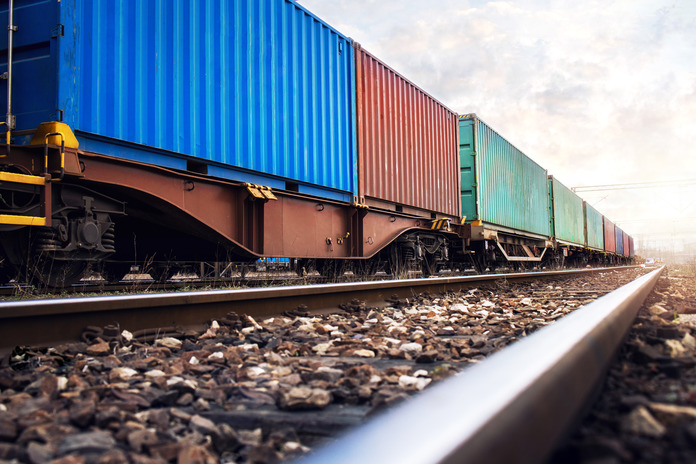A recent hazardous rail car incident has sparked serious safety concerns. A train carrying hazardous materials derailed, highlighting the risks and potential dangers associated with the transportation of dangerous goods. This article delves into the details of the incident, the implications for rail safety, and the response from authorities and stakeholders.
The Incident and Immediate Response
The incident occurred when a train transporting hazardous materials derailed, causing several rail cars to overturn. The derailment led to the spillage of dangerous chemicals, posing significant risks to the environment and public health. Emergency responders were quick to arrive at the scene, working to contain the spill and mitigate the potential damage.
Local authorities issued evacuation orders for nearby residents as a precautionary measure. The quick response helped prevent a larger catastrophe, but the incident underscored the inherent risks of transporting hazardous materials by rail.
Implications for Rail Car Safety
The hazardous rail car incident has raised several critical questions about the safety protocols in place for transporting dangerous goods. Rail transportation is a crucial component of the supply chain, but incidents like this highlight the need for stringent safety measures.
Experts argue that while rail transport is generally safe, the consequences of a derailment involving hazardous materials can be severe. The incident has prompted calls for a review of current safety regulations and the implementation of more robust safety protocols to prevent similar occurrences in the future.
Stakeholder Responses
In the aftermath of the hazardous rail car incident, various stakeholders, including government agencies, environmental groups, and the rail industry, have voiced their concerns and proposed solutions.
Government agencies are expected to conduct thorough investigations to determine the cause of the derailment and identify any lapses in safety protocols. These investigations will be crucial in shaping future regulations and ensuring that rail companies adhere to the highest safety standards.
Environmental groups have emphasized the potential long-term impact of hazardous material spills on ecosystems and public health. They are advocating for stricter regulations and better enforcement to protect communities and the environment from similar incidents.
The rail industry, on the other hand, is focused on balancing safety with operational efficiency. Industry representatives argue that while safety is paramount, it is also essential to maintain the viability of rail transport for hazardous materials. They are likely to push for innovations in safety technology and better training for personnel involved in transporting dangerous goods.
Historical Context and Future Outlook
This hazardous rail car incident is not an isolated event. There have been several high-profile derailments involving hazardous materials in the past, each highlighting the need for improved safety measures.
For instance, the Lac-Mégantic rail disaster in 2013, which resulted in the deaths of 47 people, led to significant regulatory changes in Canada and the United States. However, incidents continue to occur, suggesting that more needs to be done to enhance rail safety.
Looking ahead, it is clear that the hazardous rail car incident will serve as a catalyst for change. Stakeholders will need to collaborate to develop and implement more effective safety protocols. This will likely involve advancements in technology, such as better railcar design and more sophisticated monitoring systems, as well as increased funding for safety training and infrastructure improvements.
Conclusion
The recent hazardous rail car incident has underscored the critical need for stringent safety measures in the transportation of dangerous goods. As stakeholders work to address the risks and implement solutions, it is essential to strike a balance between safety and operational efficiency. The lessons learned from this incident will shape future regulations and innovations, ensuring that rail transport remains a safe and viable option for moving hazardous materials.
Featured Image: Freepik © aleksandarlittlewolf
Please See Disclaimer









